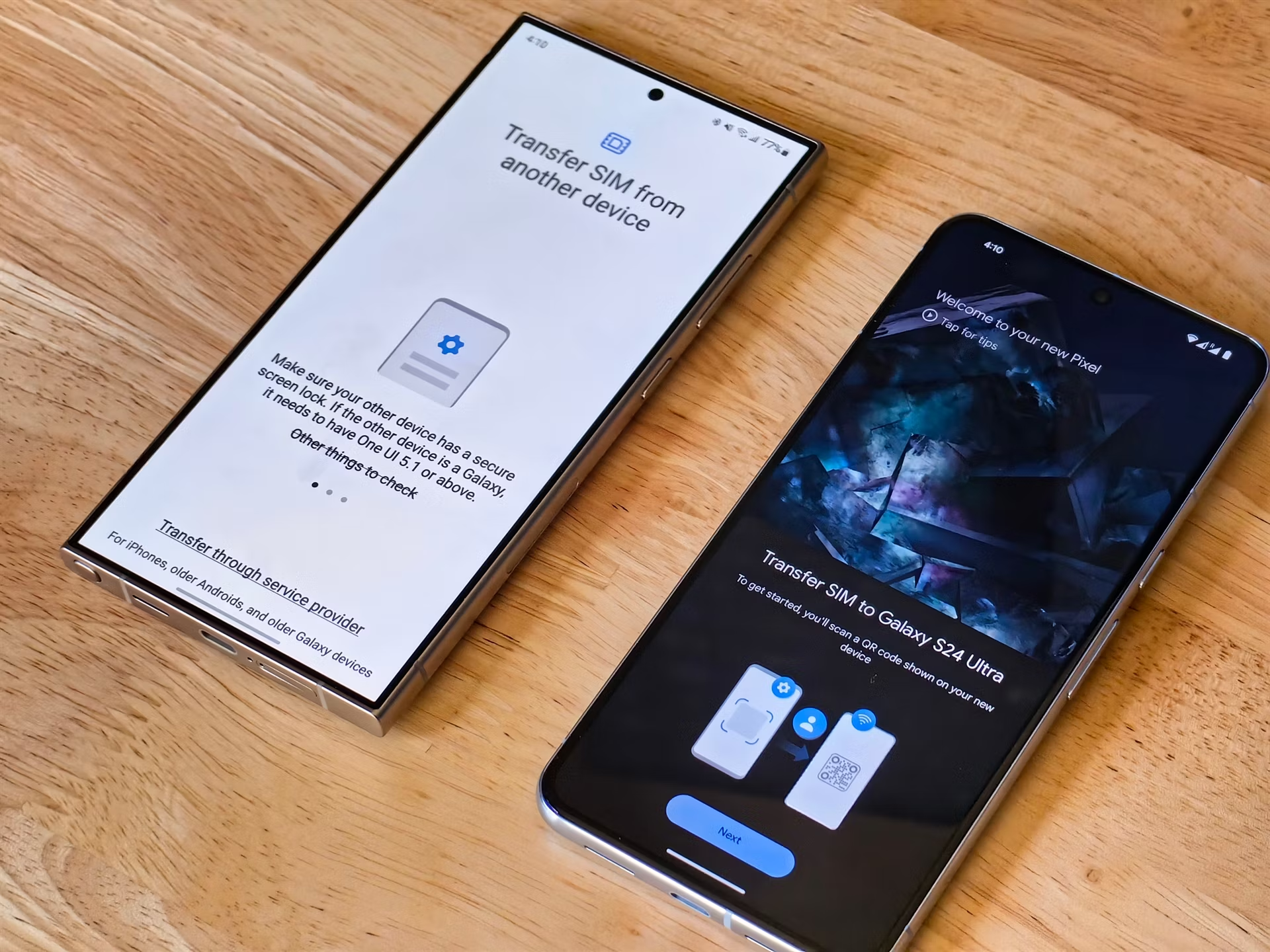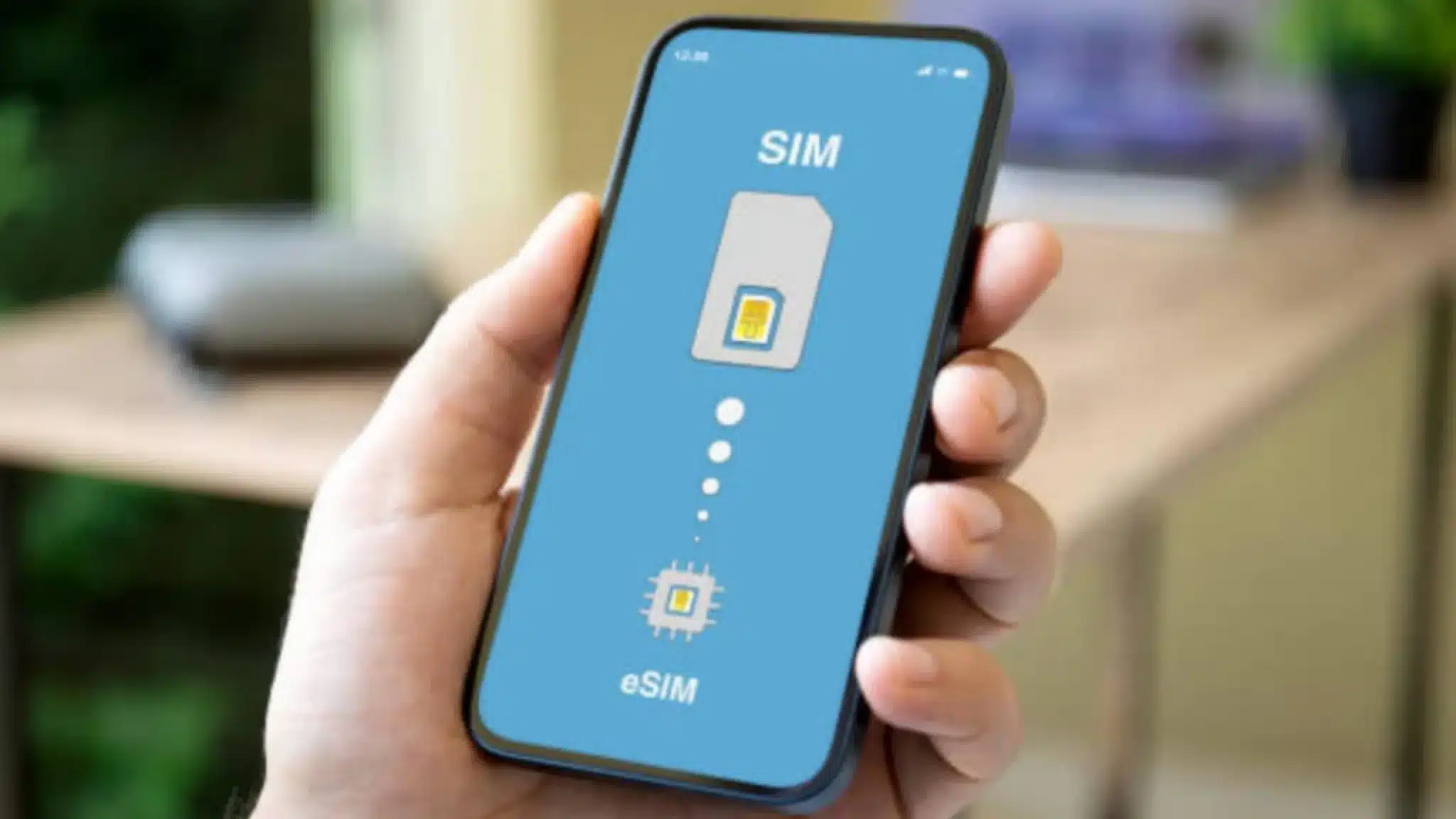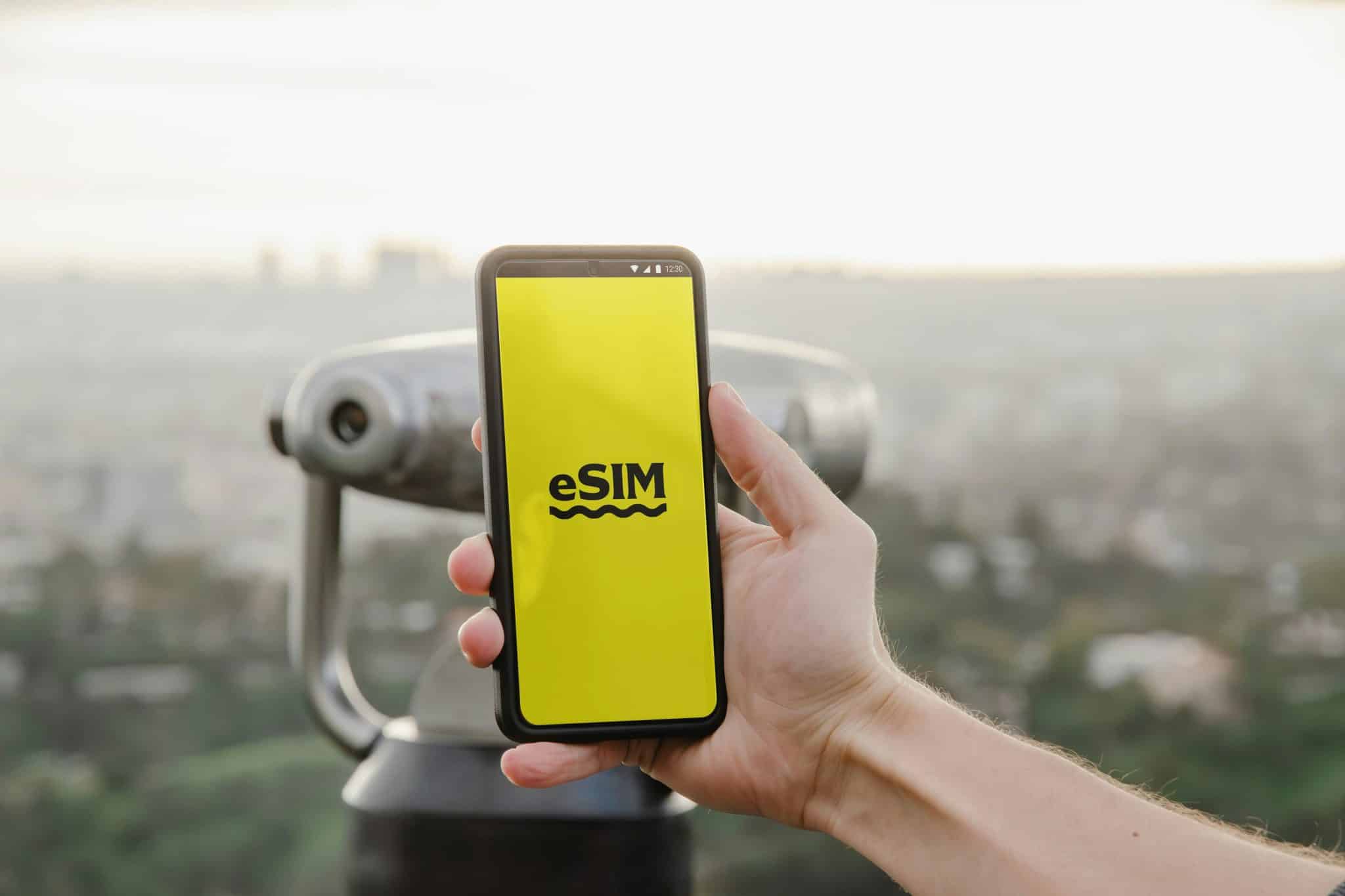Ever wondered how to transfer your eSIM between devices? Moving your digital SIM can seem daunting. This guide breaks down the steps to ensure you stay connected, whether at home or traveling, especially on a trip to Greece.
Understanding the process saves time and avoids connectivity issues. Upgrading or switching devices? These steps will guide you through smoothly. Staying connected is crucial, especially in new places like Greece. Let’s explore the details to make your eSIM transfer hassle-free.
Preparing for the eSIM Transfer
Before starting, prepare both devices. Ensure both current and new devices support eSIM tech. Back up necessary data. Ensure stable internet connections on both. Have your carrier’s contact info handy for issues.
Check both devices are fully charged to avoid interruptions. Familiarize yourself with the settings menu on both. This helps quickly find eSIM options. These preparations set the stage for a smooth transfer.
Deactivate eSIM on the Old Device
First, deactivate eSIM on the old device. Go to settings. Find mobile network or cellular options. Locate your eSIM profile. Follow the instructions to deactivate or delete it. This prevents connectivity issues on the new device. Follow the deactivation process thoroughly. Avoid lingering connections. Restart the old device after deactivation. This resets settings properly. Now, proceed to the new device without worries.
Prepare the New Device
Next, prepare the new device. Ensure it has the latest software updates. Connect to a secure Wi-Fi network. This helps prevent technical issues during transfer. Ensure the new device is unlocked. It must be compatible with your carrier’s eSIM tech, especially if using a Greece data eSIM.
Check compatibility on the manufacturer’s website to avoid unexpected problems. Set the new device to default settings to avoid conflicts. Backup the new device’s initial state for safety.
Activate eSIM on the New Device
To activate eSIM on the new device, navigate to mobile network settings. Select the option to add a new eSIM or cellular plan. You might need to scan a QR code or enter an activation code. Follow on-screen prompts to complete activation.
Once done, eSIM should be ready on the new device. Double-check all entered details. Contact your carrier if needed for specific steps. Patience ensures no errors. Your device is now ready for seamless connectivity in Greece.
Test the Connection
After activating, test the connection to ensure it works. Make a test call, send a text message, and check your internet connectivity. If issues arise, refer to your carrier’s troubleshooting guide or contact their support team for help.
A stable connection is crucial if using eSIM in Greece. Run speed tests to check data connection quality. Try various apps to ensure all functionalities work. Also, check roaming settings if traveling beyond Greece. A thorough test confirms a successful setup.
Transfer Data and Settings
Once eSIM is activated on the new device, transfer necessary data, including contacts, messages, and app data. Use cloud services or device-specific transfer tools. Ensure all data is correctly transferred for a smooth return to routine.
Sync accounts to avoid data loss. Regular backups before and after transfer are advisable. Test transferred apps for functionality. Complete data transfer keeps your device ready for daily use in Greece.
Verify eSIM Transfer Success
After transfer, double-check all aspects of eSIM and data. Confirm you can make calls, send messages, and access mobile data. Check if eSIM-specific settings, like network preferences, are carried over. This step ensures no surprises in Greece.
Test different network areas for broad coverage. Check battery usage for abnormalities and compare pre and post-transfer performance to identify issues. Thorough verification guarantees optimal functionality.
How to Transfer eSIM Between Devices:
- Back-Up Necessary Data: Ensure all information, like contacts and messages, is backed up. Use cloud services or local backups. This step prevents data loss during eSIM transfer, ensuring a smooth transition.
- Deactivate eSIM on Old Device: Go to settings. Locate the eSIM profile. Follow the instructions to deactivate it. Restart the old device after deactivation. This prevents conflicts when activating the new device.
- Update New Device: Check for and install any software updates. This ensures compatibility with eSIM technology. Prevents technical issues during activation. Keeping the device updated enhances performance and security.
- Activate eSIM on New Device: Go to mobile network settings. Select the option to add a new eSIM. Scan the QR code or enter the activation code. Follow prompts to complete activation.
- Test the New Connection: After activation, make test calls, send messages, check internet connectivity, run speed tests, and use various apps. Ensure everything functions correctly. Address any issues by consulting troubleshooting guides or carrier support.
Conclusion
In conclusion, transferring your eSIM between devices involves a few straightforward steps that ensure you stay connected effortlessly. Whether using a Greece data eSIM or another type, these steps will help you manage the transfer smoothly.
Preparing both devices, deactivating and reactivating the eSIM, and testing the connection are key to a successful transfer.
Following these steps allows you to enjoy uninterrupted connectivity at home or traveling in Greece. Embrace the convenience of eSIM technology to make your travels and daily life more seamless and connected.



